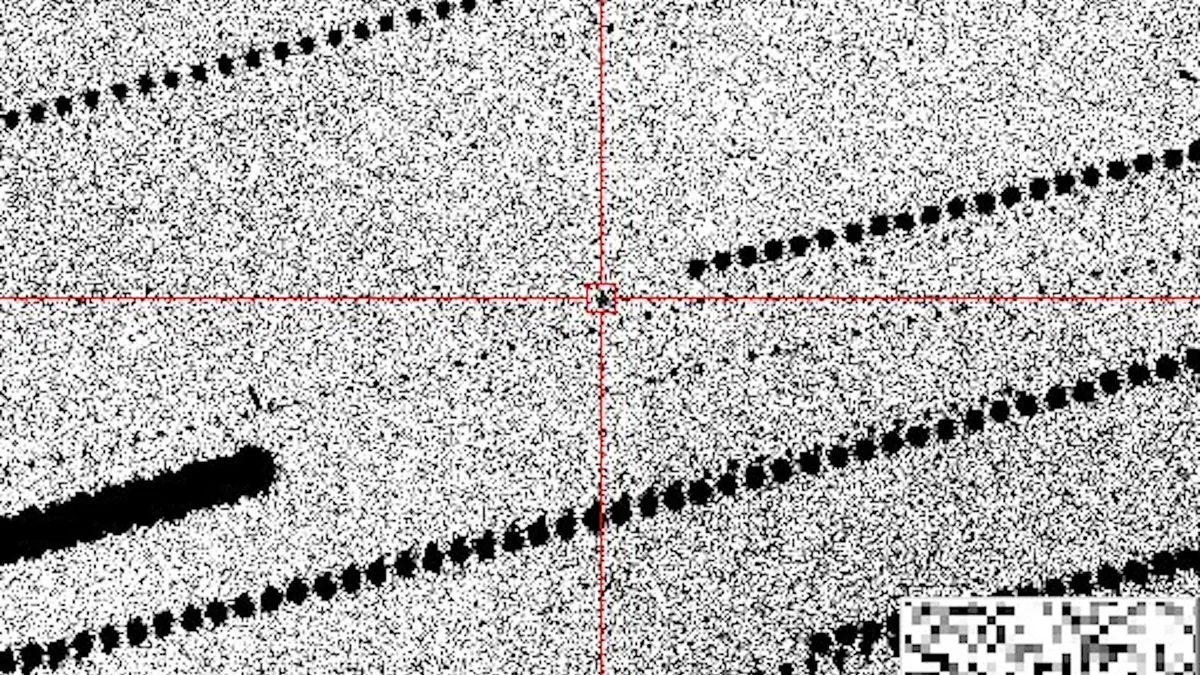
Last week, a small asteroid made headlines as it zoomed past Earth, closer than most satellites. This unexpected event occurred at 8:47 p.m. EDT on Tuesday, September 30, 2023 (or Wednesday, October 1 at 00:47 GMT). The asteroid, which is roughly the size of a giraffe, flew over Antarctica at an altitude of just 265 miles (428 kilometers) above the Earth's surface, as reported by the European Space Agency (ESA).
Astronomers only detected the sneaky space rock, now officially named 2025 TF, a few hours after it passed by Earth. The discovery was made using observations from the Catalina Sky Survey, a NASA-funded initiative dedicated to tracking near-Earth objects (NEOs). Measuring approximately 3.3 to 9.8 feet wide (1 to 3 meters), the asteroid posed no serious threat to our planet, according to ESA.
While asteroid 2025 TF was small and likely would have burned up as a bright fireball had it entered Earth's atmosphere, even minor asteroids can pose significant risks to spacecraft. Notably, this asteroid passed by at the same altitude where the International Space Station (ISS) typically orbits. Fortunately, no spacecraft were in the path of the asteroid, ensuring a safe encounter.
NASA and ESA continuously monitor thousands of known near-Earth objects to assess which ones might pose a threat of collision with Earth. Currently, there are no known objects that present a significant risk for at least the next 100 years. For an asteroid to be classified as potentially hazardous, it must measure at least 460 feet (140 meters) in diameter and follow an orbit that comes within 4.65 million miles (7.48 million kilometers) of Earth—approximately 20 times the average distance between Earth and the Moon. The small size of asteroid 2025 TF likely contributed to its evasion of detection until after it had passed.
Astronomers from ESA's Planetary Defence Office observed the asteroid shortly after its discovery. Although NASA has paused all public communications due to the ongoing U.S. government shutdown, they have updated the entry for the asteroid on NASA's Center for Near-Earth Object Studies website. According to NASA, asteroid 2025 TF is not expected to make another close pass of our planet until April of 2087.
In summary, while the close approach of asteroid 2025 TF was a surprising event, it served as a reminder of the importance of monitoring near-Earth objects for our safety. As space agencies continue their efforts to track and study these celestial bodies, we can remain informed and prepared for any future encounters.